Active vs Passive Components in Electronics

More from the Category
In the ever-evolving field of electronics, where continuous innovation pushes the limits of what’s achievable, a significant division defines the essential building blocks of electronics, known as electronic components. These components can be broadly categorized into two main types: active and passive. Despite their apparent differences in attributes and roles, these two types of components work in synergy to orchestrate the functionality of devices, systems, and technologies that have seamlessly woven into our everyday lives.
Unveiling the Essence: Active and Passive Components Defined
Before embarking on a comprehensive exploration of active and passive components, it’s imperative to establish a firm understanding of their fundamental distinctions and roles:
Passive Components: The Silent Architects of Electronics
Passive components, despite their unobtrusive nature, form the foundational bedrock upon which the symphony of electronics is composed. Though lacking the ability to amplify or actively control current flow, their role is no less pivotal. Passive components lay the groundwork for signal conditioning, energy storage, and signal coupling. Several noteworthy examples within this category include:
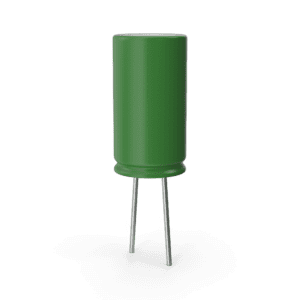
Resistors: Resistors are fundamental electronic components that resist the flow of electric current in a circuit. They are used to control the amount of current flowing through a circuit and regulate voltage levels. This property makes them essential for various applications, such as current limiting, voltage division, and signal attenuation. Current limiting involves using resistors to prevent excessive current from flowing through a device, protecting it from damage. Voltage division uses resistors to divide a voltage into smaller portions, which is crucial in scenarios where you need to provide specific voltage levels to different parts of a circuit. Signal attenuation involves using resistors to reduce the strength of a signal while passing it through a circuit, which is useful in applications where high signal levels might cause distortion or interference.
Capacitors: Capacitors are essential components with the unique ability to store and release electrical energy in the form of an electric field. Their primary function revolves around managing voltage fluctuations and providing transient energy reserves. By absorbing and releasing energy rapidly, capacitors help stabilize voltage levels, ensuring a consistent power supply to sensitive components. Capacitors are also used for coupling signals, where they enable the transfer of Ac signals between different parts of a circuit while blocking DC components. This technique is pivotal in enabling various stages of an electronic system to communicate effectively. Furthermore, capacitors are employed for noise filtering, where they act as energy reservoirs, absorbing and dissipating unwanted electrical noise that could otherwise interfere with circuit operation.
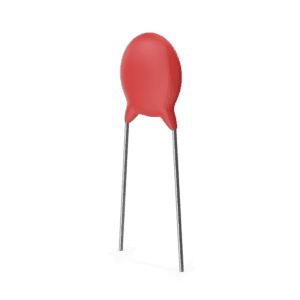
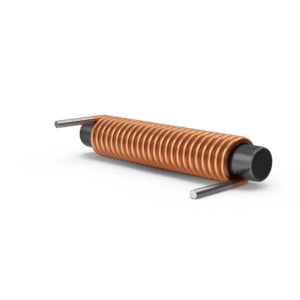
Inductors: Inductors are passive electronic components designed to store energy in the form of a magnetic field. Their principle function centers around energy storage, electromagnetic interference suppression, and impedance matching. In energy storage applications, inductors temporarily store energy within their magnetic fields, releasing it back into the circuit as needed, which can aid in maintaining a consistent power supply during transient conditions. Inductors are also invaluable in suppressing electromagnetic interference, as their magnetic fields counteract unwanted electrical noise and fluctuations. Impedance matching, another critical application, involves using inductors to ensure optimal power transfer between different components by aligning their electrical characteristics.
Diodes: Diodes are semiconductor devices that enable current flow in only one direction, making them essential as electrical check valves. They serve crucial functions in rectification, voltage regulation, and signal modulation. In rectification, diodes convert AC signals into DC by allowing current flow in only one direction, a process integral to power supplies and rectifier circuits. Diodes also participate in voltage regulation, preventing voltage spikes by routing excess voltage away from sensitive components. Their asymmetric current-conducting behavior allows them to act as signal modulators, enabling the encoding of information onto carrier signals in communication systems.
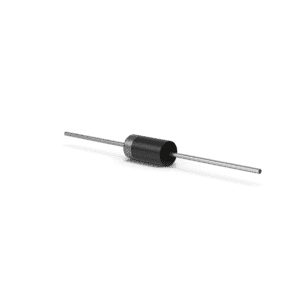
Transformers: Transformers are passive components primarily comprised of inductors that facilitate the manipulation of voltage levels between two or more circuits. They are versatile devices used for voltage transformation, impedance matching, and electrical insolation. In voltage transformation, transformers either step up or step down voltage levels, enabling efficient power transmission across varying voltage requirements. Impedance matching involves using transformers to ensure maximum power transfer between different stages of a circuit. Additionally, transformers provide electrical isolation, a crucial safety feature that prevents direct contact between circuits while allowing signal or power transfer. This isolation safeguards sensitive equipment and operators from potential hazards.
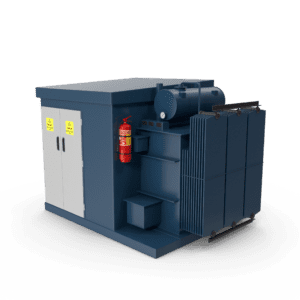
Active Components: The Emissaries of Control and Amplification
In direct contrast, active components step forward as the dynamic designers within electronic systems. Their distinct ability to govern, amplify, and manipulate signals hinges on external power sources to drive their impact. These elements occupy a frontline role in shaping circuit behavior and operational capacity. Notable examples include:
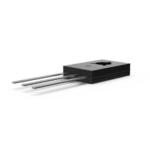
Transistors: Transistors, available in various sort of types like bipolar junction transistors (BJTs) and field-effect transistors (FETs), constitute the cornerstone of active components. They operate as switches, amplifiers, and voltage regulators, underpinning both logic and analog signal processing.
Operational Amplifiers (Op-Amps): Op-amps, revered for their exceptional versatility, excel in amplifying signals, executing mathematical operations, and embodying various circuit
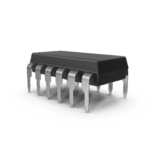
Integrated Circuits (ICs): Representing the pinnacle of active component integration, ICs encapsulate intricate assemblies of both active and passive components on a solitary silicon substrate. These marvels, spanning from microprocessors to analog-to-digital converters, epitomize multifaceted functionality within a compact form.
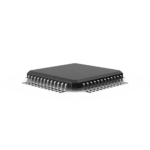
The Symbiotic Relationships of Passive and Active
In the domain of electronics, the interaction between active and passive components reflects a nuanced partnership. Passive components establish the framework for active components to come into play. These active counterparts, capable of tasks such as signal amplification, regulation, and control, then assume a prominent role in realizing specific objectives. This cooperative synergy transforms abstract electrical elements into functional systems that underpin the advancements of modern technology. Just as diverse skills converge to achieve a shared goal, the integration of active and passive components within electronics forms a synchronized collaboration that propels innovation and progress.
Achieving Equilibrium in Component Selection
In the intricate field of circuit design, engineers engage in a thoughtful balancing act when selecting the optimal combination of active and passive components. This decision-making process is influenced by a range of factors, including circuit components can introduce complexities and higher power consumption, the careful choice of passive components play a critical role in preventing signal degradation and loss.
The Wrap-Up: The Harmonious Fusion of Innovation and Collaboration
In the ever-expanding domain of electronics, the division between active and passive components transcends mere categorization it signifies a symphonic collaboration that propels the realm of innovation. Passive components forge the groundwork for circuits enabling the manipulation of energy and signals, while active components breathe dynamic life into these circuits, scuplting the technological tapestry that defines our era.
The next time you engage with your smartphone, power up your computer, or revel in the marvels of modern electronics, take a moment to recognize the intricate interplay between active and passive components beneath the sleek exteriors—these components harmoniously cooperate to infuse technology with vitality, weaving a narrative of progress that reverberates through time.
Learn more at Electrical Technology, Tutorialspoint, and Arrow.
Don’t worry – our IC & Semiconductor Sourcing Specialists can help you today. You can reach us on our Contact Page!